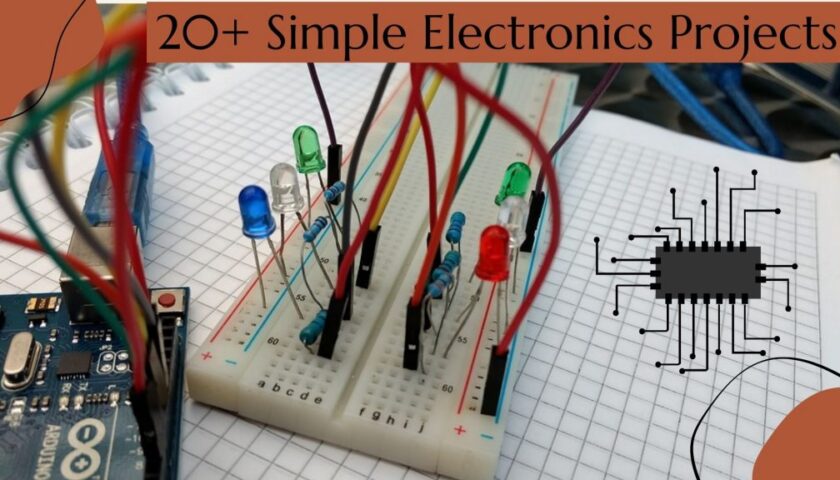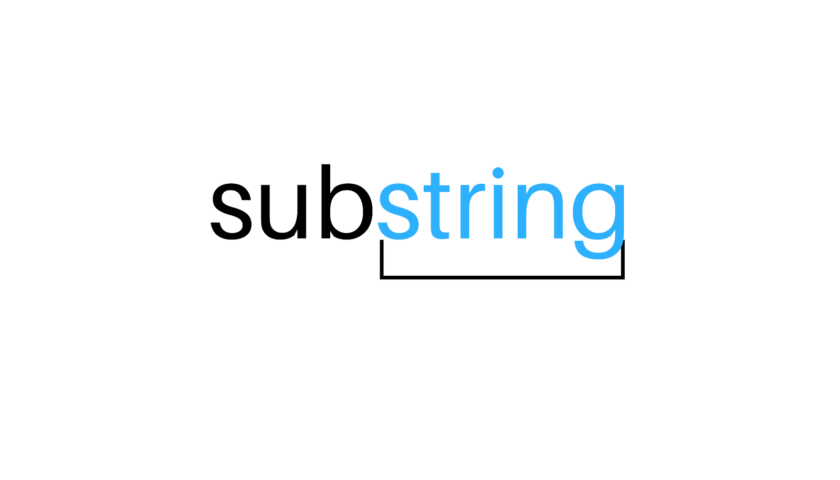Interview Questions for Java Developers

By Vlad, Tuesday, June 11th, 2024; 4 min read
Today, Java has become a household coding language name among many programmers thanks to its relatively simpler syntax and compatibility with virtually all available operating systems. More than 10 million software developers are currently working with Java and the trends indicate this number will rise in the future. Java features open source development substructures, like Spring Framework that provide comprehensive infrastructures to support the creation of Java-powered applications. Developers use Java to create other software and platforms, including web applications, cloud applications, and distributed applications. Popular software developed using Java include X (formerly Twitter), Spotify, Netflix, Opera Mini, Signal, NASA Worldwide, Minecraft, and Uber among others.
With fierce rivals going around, companies are fully prepared and committed to what they are searching for in an expert in Java. Java professionals with prerequisite knowledge, skills, experience, and certification to effectively, and efficiently design, program, develop, and deploy all forms of software are highly sought. In the past, organizations would conduct interviews only to assess candidates’ basic knowledge of a particular coding language, but today’s interviews have become deeper and the interview questions for Java development candidates have “graduated.” Today, Java developers should expect questions from various areas. In that light, this post presents the top spring framework interview questions to expect in an interview. Candidates are expected to respond to this question in detail, precisely, and accurately as exhibited.
Question: what’s Java Spring Framework?
Response: Java Spring Framework is also known as the Spring. It is a widely used development infrastructure of Java Enterprise Edition applications. Its core features are used to develop all sorts of Java applications. Spring features extensions that are used to develop web applications. Its dependency injection provisions can also be used in standalone applications.
Question: What’s Spring security?
Response: the Spring Security module is assigned to provide authentication and authorization for Java applications. Also, the module acts as a defense system against most common security vulnerabilities like CSRF attacks.
Question: What’s Spring Boot?
Response: Spring Boot is fundamentally a project that features a collection of pre-set frameworks to minimize boilerplate configuration. It enables developers to use short strings of code to have their Spring applications up and running.
Question: what’s a Spring configuration file?
Response: typically, a Spring configuration file is an XML file that mainly features class information, describing how such classes are configured and introduced amongst each other.
Question: in what ways is Spring Framework used?
Response: There are multiple ways in which Spring Framework may be used, such as a fully-fledged web application, a third-party web framework, for remote usage, and an Enterprise Java Bean to wrap existing Plain Old Java Objects (POJOs).
Question: is it possible to have several Spring Configuration Files in a single Project?
Response: yes, it is recommended to have multiple Spring Configuration Files in particularly large projects as this increases modularity and maintainability.
Question: what are some design patterns applied in Spring Framework?
Response: some examples of design patterns that can be used in Spring are: factory pattern, adapter pattern, front controller, data access object, proxy pattern, prototype pattern, template method pattern, and model view controller among others.
Question: what are the various sub-projects of Java Spring Framework?
Response: various sub-projects of Spring include the Core which provides essential parts like Inversion of Control (IoC) and Dependency Injection (DI); Java Database Connectivity (JDBC) which provides JDBC-abstraction layer; web-oriented integration module to enable uploading of multipart files; MVC framework; and aspect-oriented programming (AOP) to allow the definition of pointcuts and clean-method interceptors.
Question: What are Aspect, Advice, Pointcut, and JoinPoint in AOP?
Response: Aspect is a class that executes cross-cutting concerns like transactions. Advice is a set of methods that are implemented when JoinPoint that has matching Pointcut is achieved within an application. Pointcut is a collection of frequent expressions that are compared with JoinPoint to ascertain whether the implementation of Advice should take place or not. JoinPoint is simply a point within program implementation, like the implementation of method or exception handling.
Question: what’s Dependency Injection (DI)?
Response: DI is an IoC aspect/concept that states that objects are not created manually but rather describes how they should be built.
Question: how are beans injected in Spring?
Response: there are different options on how to inject beans in Spring, including setter inject, field injection, and constructor injection. Both XML files and annotations can be used to structure the configurations.
Question: how different is BeanFactory from an ApplicationContext?
Response: While aBeanFactory is an interface that represents a container that manages/provides bean instances, an ApplicationContext is an interface that represents a container holding metadata, and information, as well as a bean in the application.
Question: how do you obtain ServletContext and ServletConfig Objects?
Response: To obtain ServletContext and ServletConfig Objects in a Spring bean is quite simple. You simply need to implement Spring-aware interfaces.
Question: What’s Spring JDBCTemplate Class and how is it used?
Response: the JDBCTemplateis the main Application Programming Interface (API) through which programmers can access database functions logic they are interested in to: create and close connections, execute statements and cached procedure calls, and iterate ResultSet and return results.
Question: how are transactions in Spring enabled and what are the potential benefits?
Response: transactions in Spring are configured using two main ways: through annotations and Aspect-Oriented Programming (AOP). Spring Transactions come with myriad benefits like providing consistent programming models across various APIs like JDBC and JTA; allowing seamless integration with different data access abstractions; and providing simpler APIs to enable programmatic transaction management.
Question: what’s Spring WebFlux?
Response: Spring WebFlux is a reactive-stack web framework of Spring and is similar to Spring MVC.
Question: what’s the difference between WebClient and WebTestClient?
Response: The WebClient is an element of advanced Web Reactive Framework acting as a reactive client, and that performs for non-blocking HTTP requests. The WebTestClient is a thin shell surrounding the WebClient connecting to any server via an HTTP link. The WebTestClient can use mock request and response objects to directly connect to the Webflux applications.
Conclusion
This post explores a sample of some of the most common questions candidates should expect in a Java Spring Framework interview.



